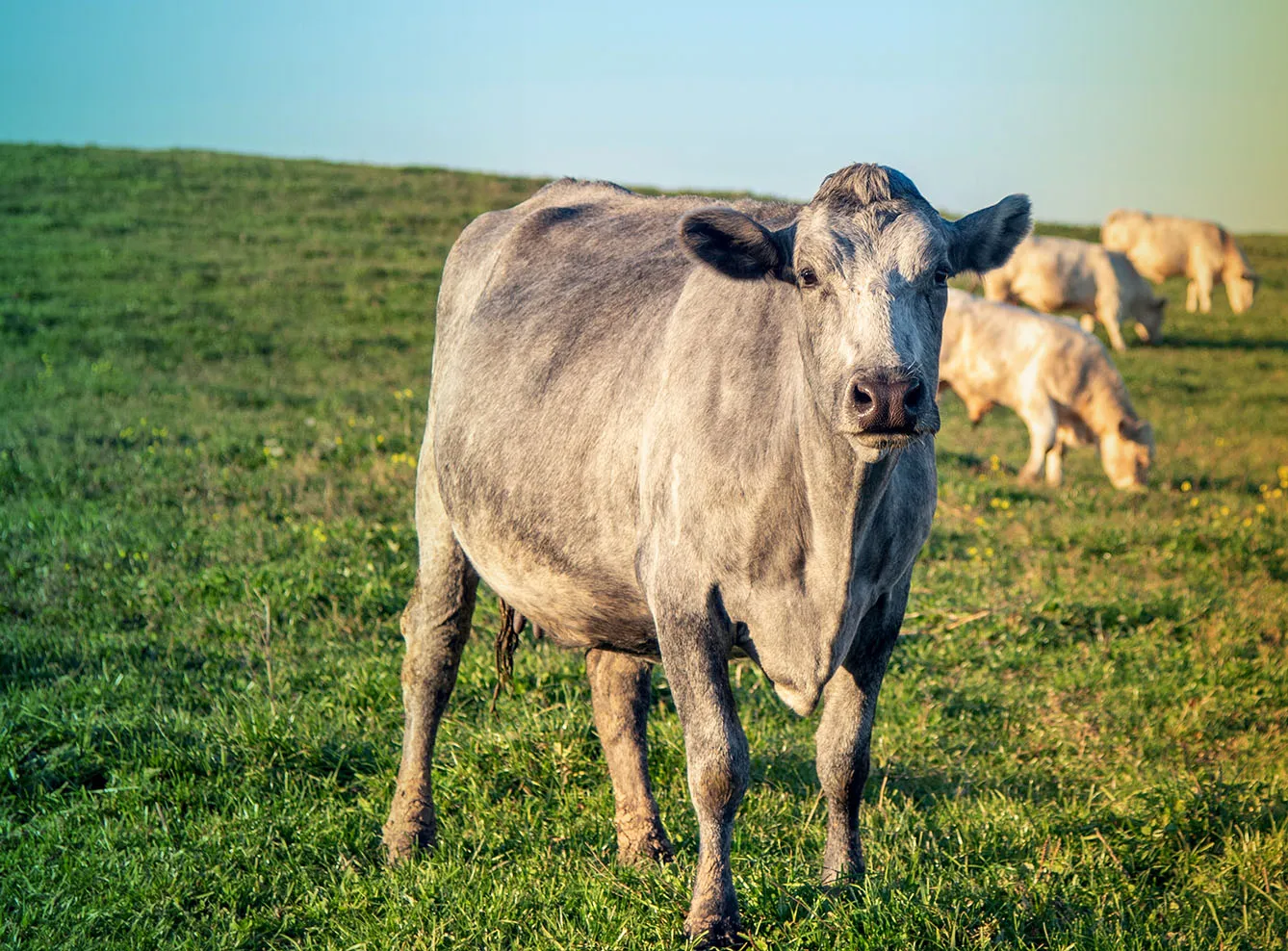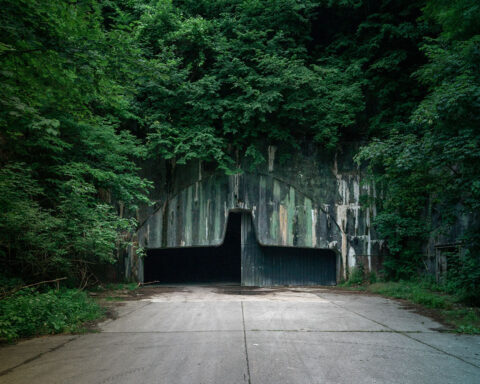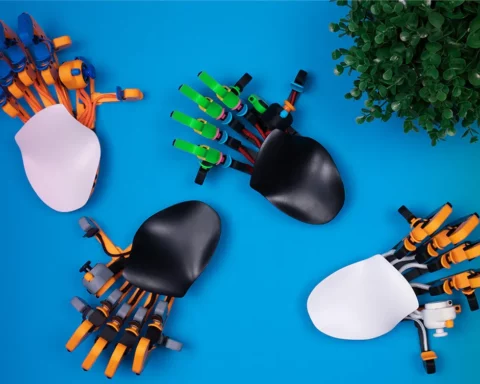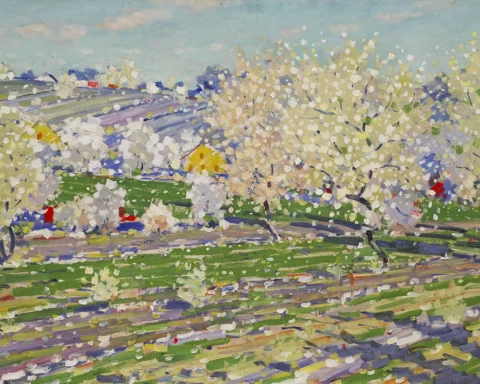Walk along the Latvian countryside, and you may come across a blue cow and a particular brown cow. While one sounds almost mythical and certainly more exotic than the other, both unique breeds are real and were officially registered in early twentieth-century Latvia. The two are known to give rich milk, though less of it than other, more productive breeds.
No brown in town
In the 1930s, during Latvia’s first independence, when butter was the country’s number one export item, the higher fat and protein content was an asset. However, in an economy where more product typically equals more money, dairy farmers prefer the likes of the popular black-and-white or red-and-white Holstein, which pumps out more of the moo juice per day.
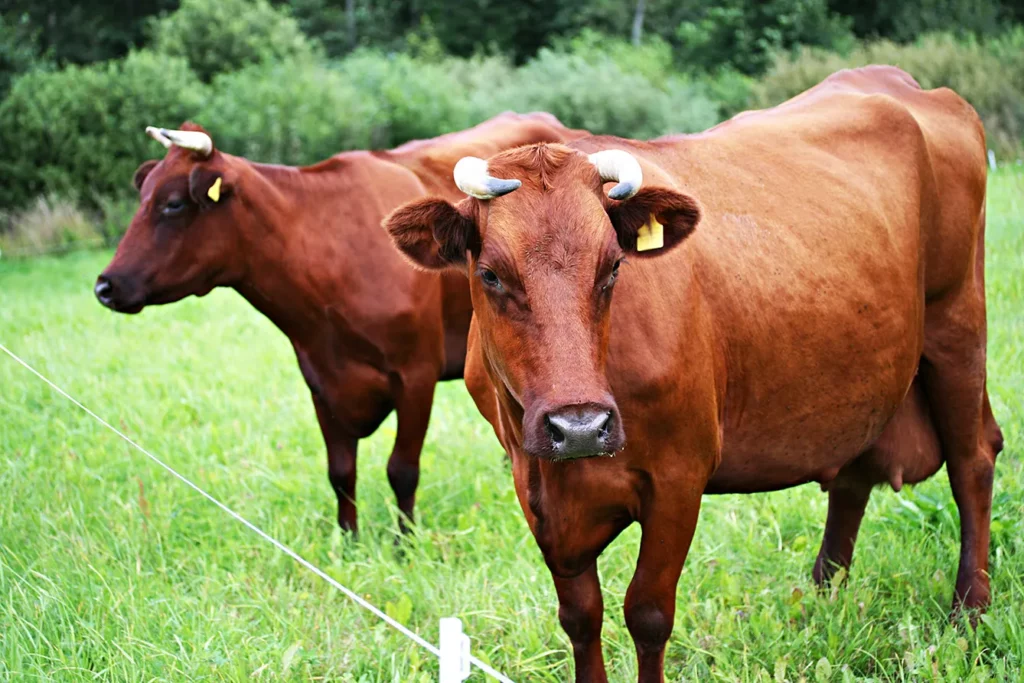
While, in 1980, 142 thousand Latvian Brown cows roamed the fields, in 2022, this number had dwindled to below 200, the local TV channel ReTV reported on the breed’s 100th anniversary. The AFP news agency found that the Latvian Blue cow is fairing slightly better as their numbers were up from 18 in 2000 to 1500 in 2022. However, those 1500 include hybrids and are still far fewer than in the breed’s heyday.
The decline in blue and brown cows also marks a general shift from smallholdings to large-scale farming operations. Today, certain enthusiasts are fighting to keep the local breeds alive for diversity, sentimental reasons, and the quality of their milk. Several state-run and EU-co-funded programs have even offered support to those farmers who choose to keep Latvian Blue and Latvian Brown cows.
Characteristics of Latvia’s elegant blue cow
Fittingly for a resident of the sun-starved global north, the Latvian Blue cow is not bright in color. The blue of its coat is subdued like the colors of the landscapes it roams and the sea that laps their shores. This hardy creature is able to survive in sparse coastal conditions with less fertile soils. The blue cow is sometimes called the moon cow, thanks to its white, crescent-shaped horns with black tips. Breeders describe them as sweet souls with a distinct maternal instinct.
In 1972, the playwright Gunārs Priede wrote The Blue One (Zilā), which speaks of people’s identity struggles, and the need for a sense of belonging and shared experiences. As a dying breed, the blue cow was a powerful metaphor and a symbol of the Latvian identity. The play is said to have boosted the blue cow’s popularity among farmers as it triggered sentimentality.
In 2006, enthusiasts founded the Association for the Conservation of the Latvian Blue (šķirnes saglabāšanas apvienība “Zilā govs”), which keeps track of the blue cow population, educates farmers, and carries out research on the historical breed.
How to recognize a Latvian Brown cow
The Latvian Brown cow is another hardy beast of the north, which copes well in challenging conditions, lives long and is less susceptible to foot and nail diseases than other breeds. It sports a reddish brown coat, is compact, and has rounded white horns with darker tips. The Latvian Brown cow has large eyes with long lashes.
Historical herdbooks suggest that the first Latvian Browns were bred in 1922 in the village of Vestiena, not far from Latvia’s highest peak – the Gaiziņš. In the 1980s, some cows were transported to Central Asia, where they acclimatized well. Today, the breed is described as suitable for life on organic farms.
While you may need to get acquainted with a farmer to meet an actual Latvian Brown, the blue cow can be seen at several rural guest houses, visitor farms, and mini zoos, like the Exotic Animal Park in Dundaga.


